Ultimate Guide: How to Protect Artificial Flowers from the Sun in 2025 (B2B Edition)
For retailers, event planners, and hospitality groups, learning how to protect artificial flowers from the sun is vital to preserving vibrant displays, controlling décor budgets, and delivering consistent visual impact. UV damage is the number one threat to outdoor floral arrangements, causing fading, cracking, and costly replacements. This 2025 guide provides B2B buyers with proven strategies to extend the lifespan of artificial flowers, reduce maintenance costs, and keep retail and event installations looking fresh all year.
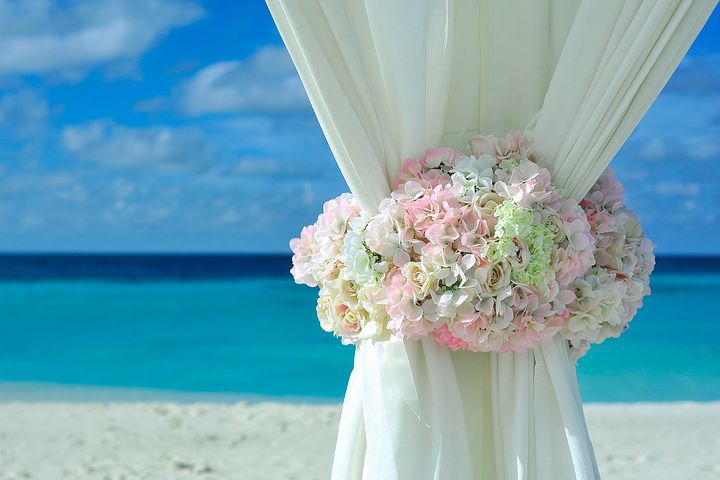
Ideal for hotels, malls, and wedding planners needing floral displays that withstand sunlight and weather.
At Botanic Blossoms, we help businesses across the U.S., Europe, and the Middle East reduce décor expenses by 40–60% by showing them how to protect artificial flowers from the sun. By combining certified UV-protected materials with professional care routines, our clients maintain stunning installations that elevate customer experience and improve profitability.
Why Artificial Flowers Need Sun Protection
Direct UV radiation quickly destroys the pigments, fibers, and plastics in standard faux florals. Without protection, arrangements can lose 50% of their color vibrancy within six months, especially in high-sun markets like Arizona, Dubai, and Queensland. Knowing how to protect artificial flowers from the sun allows businesses to avoid frequent replacements, reduce waste, and sustain their brand image in competitive environments.
A 2024 Grand View Research report revealed that 68% of B2B décor buyers now make UV stabilization a requirement when sourcing floral products. Businesses implementing UV-rated solutions and routine coatings saw maintenance costs drop by 45%, proving that sun protection directly impacts the bottom line.
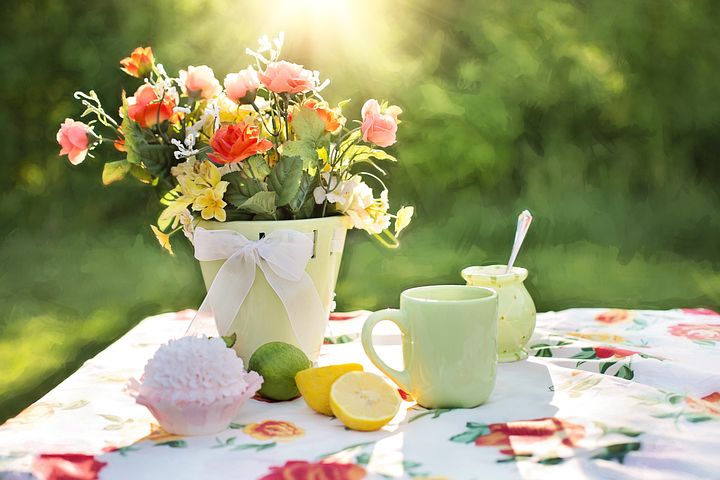
Recommended for outdoor restaurants, wedding venues, and retail centers relying on year-round floral décor.
Industry demand for long-lasting floral décor is projected to grow another 20% through 2026 as businesses shift toward sustainable, low-maintenance displays. B2B buyers who master how to protect artificial flowers from the sun will lead this growth by reducing replacement cycles and improving customer retention.
Best UV Treatments and Materials to Use
The foundation of learning how to protect artificial flowers from the sun lies in the materials themselves. High-quality artificial flowers are made from polyester-silk blends or polyethylene with UV inhibitors embedded during production. These materials resist fading for up to 30 months even under constant exposure, unlike low-grade plastics or surface-only treatments.
For example, a Miami beachfront resort sourced Botanic Blossoms’ UV-certified hydrangea and rose arrangements for its terraces. After 18 months of intense sunlight, the flowers retained 92% of their color, saving the resort over $40,000 in replacement costs. Buyers in hot, coastal markets like Florida, the UAE, and southern Spain now make ISO-certified UV stabilization a standard requirement to protect artificial flowers from the sun effectively.
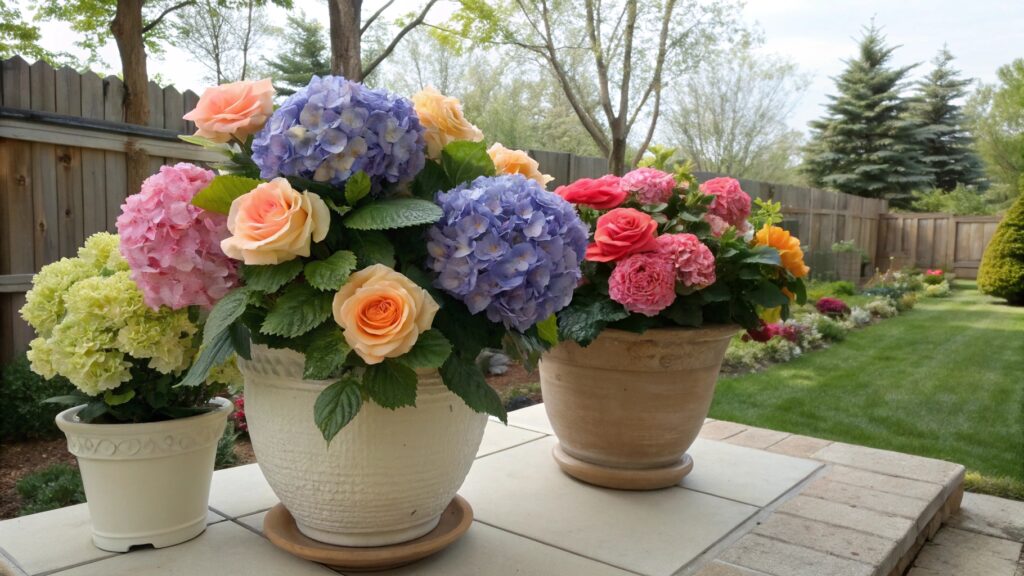
Perfect for resorts, retail promenades, and event planners seeking long-lasting, realistic floral options.
Always ask suppliers for documentation of UV-resistance testing covering 2,500–3,000 hours of simulated sunlight. Avoid products with only a thin, sprayed-on coating, as these will fade within a season and fail to truly protect artificial flowers from the sun over multiple event cycles.
How to Apply Care Techniques for Longevity
Even UV-stabilized flowers need active maintenance to perform for years. Applying professional-grade UV sprays, scheduling routine cleanings, and strategically placing arrangements can double their lifespan. Businesses managing multiple venues or large-scale events must integrate these care practices to reliably protect artificial flowers from the sun.
A London wedding venue using Botanic Blossoms’ roses and peonies cut its décor costs by 50% by implementing bi-monthly UV sprays, quarterly deep cleanings, and rotating arrangements between shaded and sunny spots. This allowed them to reuse floral sets across multiple wedding seasons while maintaining a premium look.

Ideal for wedding planners, event decorators, and chain retailers looking to reduce costs with repeat-use florals.
To get the best results, businesses should train staff to clean flowers gently with mild soap and water before applying sprays. Using professional-grade, silicone-based coatings every 6–8 weeks — or monthly in high UV index regions — ensures displays stay vibrant and realistic for extended periods.
Case Study: Storefront Displays That Stay Bright
In 2024, a Canadian chain of outdoor lifestyle stores saw frequent replacements of faded window displays draining profits. After switching to Botanic Blossoms’ UV-protected floral kits and adopting a quarterly coating routine, the retailer reduced décor costs by 55% and kept storefronts vibrant for over 24 months. Their ability to protect artificial flowers from the sun became a selling point, as shoppers were drawn to the consistently polished, photo-friendly windows.
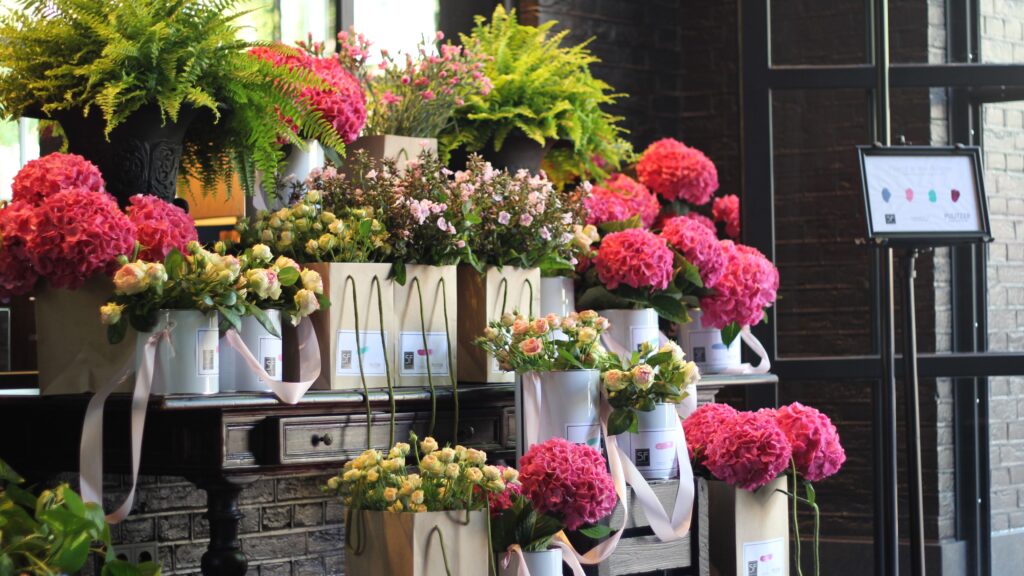
Used by retail chains, hotels, and resorts to enhance curb appeal while controlling operational expenses.
This case illustrates how working with a trusted supplier allows businesses to integrate protective care plans seamlessly, ensuring their installations always protect artificial flowers from the sun and generate maximum customer engagement.
Maintenance Plans for Retail and Event Success
Consistent care is the key to keeping artificial flowers bright year after year. Without structured routines, even UV-treated products will fade prematurely. B2B buyers who implement maintenance plans can extend décor life by up to two years, saving tens of thousands in replacements and ensuring their brand stands out.
Here’s a proven plan to protect artificial flowers from the sun effectively:
- Monthly Cleaning: Wash flowers with mild soap and water to remove dust that accelerates fading.
- Strategic Shading: Position arrangements under awnings or pergolas when possible to reduce direct exposure.
- Quarterly Rotation: Swap flowers between shaded and sunny areas to balance color wear.
- Regular Coatings: Apply UV sprays every 6–8 weeks, or monthly in UV index 7+ regions.
- Annual Audits: Partner with vendors like Botanic Blossoms to inspect and refresh décor as needed.
Event planners, hotels, and retailers who adopt these steps report 40–60% lower décor spending over two years, demonstrating the financial benefits of learning how to protect artificial flowers from the sun.
ROI and Business Impact of Sun Protection
Knowing how to protect artificial flowers from the sun isn’t just about aesthetics — it’s about profitability. Untreated flowers often need replacing every 9–12 months, while UV-protected and well-maintained arrangements last up to 30 months. For a retail chain managing 1,000 units, these practices can save over $50,000 annually while preserving a premium brand image.
Additionally, vibrant floral displays boost consumer engagement. A Statista report shows 41% of customers are more likely to visit businesses with photo-friendly décor. By implementing strategies to protect artificial flowers from the sun, B2B buyers gain both cost savings and a competitive marketing advantage.
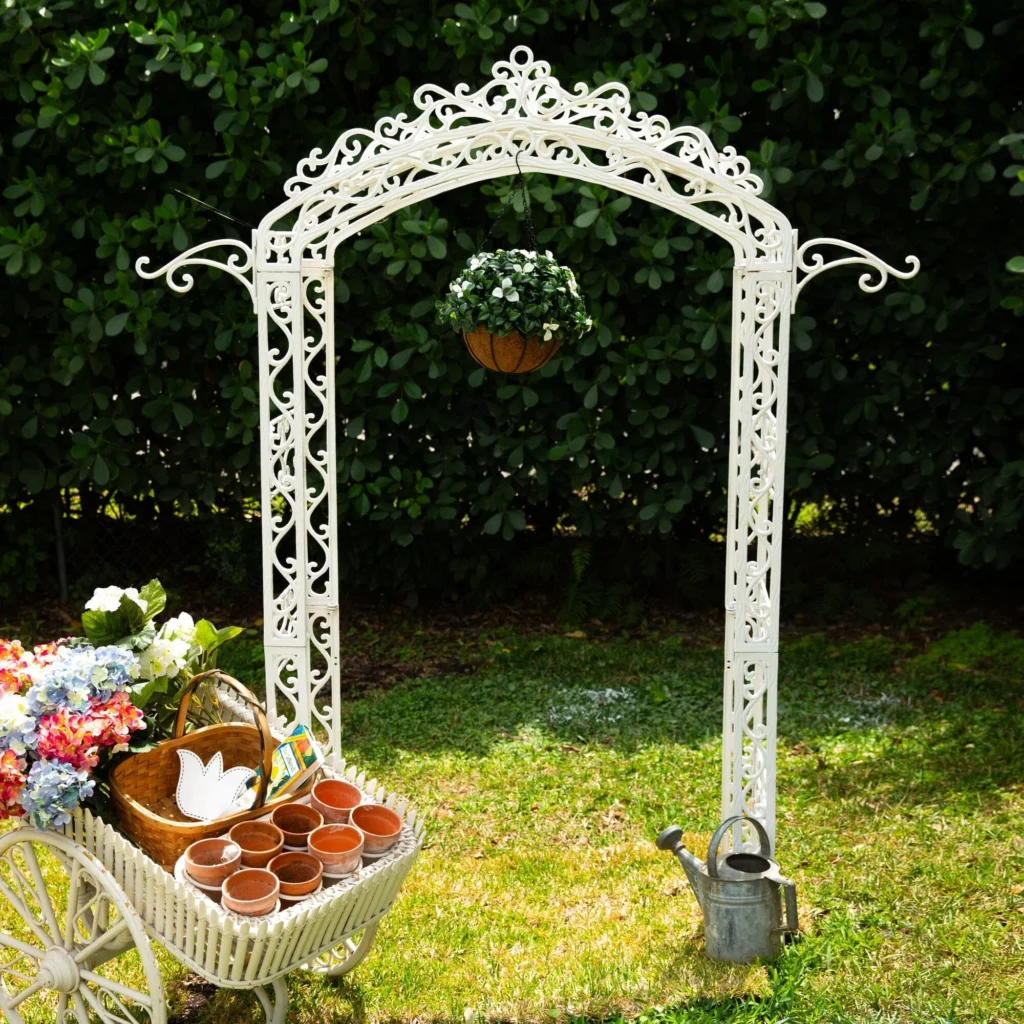
Essential for multi-site retailers and hospitality chains seeking to lower costs while attracting more visitors.
Climate-Specific Strategies to Protect Artificial Flowers from the Sun
Different environments demand different approaches to protect artificial flowers from the sun. Arid markets like Dubai, Arizona, and Perth require dual coatings and monthly sprays to counter relentless UV. Coastal regions such as California and Spain need anti-corrosion sealants alongside UV protection due to salt and moisture. In temperate climates, bi-monthly sprays and partial shading are typically sufficient for flowers to stay vibrant year-round.
By partnering with experienced suppliers, B2B buyers ensure each installation is tailored to local conditions, minimizing trial-and-error costs and maximizing the lifespan and impact of their floral décor.
For additional guidance, explore Botanic Blossoms resources:
Silk Flower Centerpieces for Weddings: Trend Guide 2025,
Is It OK to Have Artificial Flowers at Home?, and
Realistic Artificial Flowers Wholesale.
10 B2B FAQs
- How can I protect artificial flowers from the sun? Use UV-stabilized materials, apply sprays regularly, and rotate displays to manage sun exposure.
- Which materials work best outdoors? Polyester-silk blends and UV-treated polyethylene can protect artificial flowers from the sun for up to 30 months.
- Do I need UV sprays if materials are stabilized? Yes, coatings add an extra layer of protection, doubling lifespan for high-traffic retail and event setups.
- How often should I reapply UV coatings? Every 6–8 weeks in most markets, and monthly in areas with extreme UV exposure.
- Can protected flowers withstand coastal humidity? Yes, with anti-corrosion and UV treatments, they remain bright despite salt air and moisture.
- What ROI can businesses expect? Companies save $50,000+ annually by learning to protect artificial flowers from the sun and extend lifespans.
- Do these practices reduce waste? Absolutely. Extending usage cycles cuts disposal needs and supports sustainable operations.
- How can I train staff for maintenance? Provide instruction on cleaning, spray applications, and rotation schedules to maximize results.
- Do vibrant flowers increase customer engagement? Yes, photo-friendly décor can boost foot traffic by 20–40%, directly impacting revenue.
- Where can I buy certified UV-protected flowers? Partner with Botanic Blossoms for ISO-tested, climate-specific B2B floral solutions.
